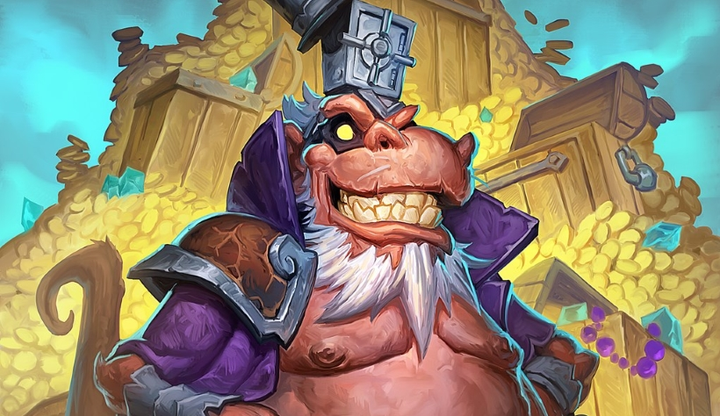The competitive integrity of Hearthstone events (in terms of variance and accessibility) were always shaky at best, and this is in large part due to the way Blizzard’s kept handling each and every controversy – mostly by ignoring them as long as possible before applying a band-aid solution.
For many in the Hearthstone community, the harshness of the ban on Chung 'blitzchung' Ng Wai in relation of the Hong Kong controversy was just part of the issue. Past precedent made the quickness of the decision all the more unpalatable. Previously, it took the esports team a whole year to ban a player who cheated by “streamsniping” the official broadcast to gather information about their opponent’s cards, by which point he qualified for the annual world championship final.
It wasn’t the only case of esport-related oddities. Last June, participants of a large official offline LAN event in Seoul were surprised to learn of a patch in the game which changed certain interactions and mechanics affecting specific deck strategies. Two archetypes known as Quest Druid and Shudderwock Shaman became unplayable overnight, their combos rendered useless by the update. It was announced and then subsequently pushed live after the participants submitted their decks for the tournament but before the event actually started. Confusion ensued: at first the organizers stated that the submission deadline was final, then eventually the players who brought Quest Druid were allowed to change that one deck in their lineup now with full knowledge of everyone else’s decks. Shudderwock Shaman players were ignored.
Things didn’t get better in 2019. A story broke this July that Battlefy, the third-party platform used to organize official qualifiers, had a faulty API in place which allowed people to extract data revealing their opponents’ deck submissions. The company swept the matter under the rug and Blizzard only issued a stock PR response about the matter, with no change in their qualifying systems made in the wake of the revelations.
And this is just the esports side of things. With the PlayHearthstone blog only partially serving as the source of official communication, developers and community managers often involve themselves in community discussions on Reddit and Twitter. In some cases, this leads to memorably tone-deaf interactions. Mike Donais, Hearthstone’s Principal Game Designer responded to a thread about a community article on the increasing meta polarization with the following:
“I am glad you made a few comments explaining that polarized does not mean bad. Your article reads quite differently though. You should probably discuss the pros and cons of it so that players don't all jump on the zero polarity bandwagon.
A good version of this article talks aboutwhy it is good and why it is bad, objectively. I am sure if every deck was a midrange minion focused deck people would be complaining about how boring the meta is.”
Emphasis mine, of course.
Recently, the removal of affiliate links in favor of sponsoring non-endemic streamers to broadcast Hearthstone caused some stir. That’s at least a move that makes sense considering the state of the game. Though Hearthstone’s been doing fairly well from a gameplay perspective in this year’s Standard iteration – coinciding with the arrival of the first sets developed entirely since the departure of ex-game director Ben Brode –, the game’s numbers continue dropping on Twitch and competition is rising with MTG: Arena leaving beta and Riot announcing Legends of Runeterra.
In an environment like this, shaky PR is just one part of the big puzzle the developers need to solve.

 No ads, our video library,
No ads, our video library,


